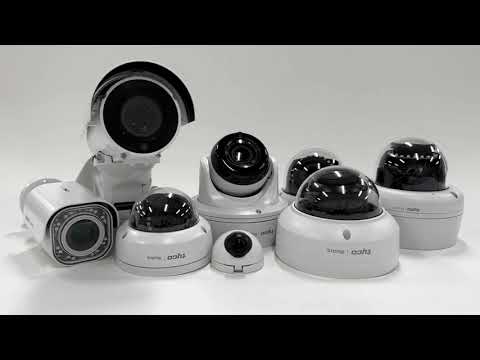Description The Panasonic WV-S8531N fails to detect motion when using H265 option. Product ExacqVision Server Steps to Reproduce Expected Results Motion is detected and video records. Actual Results Motion is not detected and video is not recorded. Solution Updating firmware to S8531_202ES allowed the camera use Motion with H265 format on Server 22.09. AES-146 <br>
Tag: Firmware Update
Updating Camera Firmware When Using ExacqVision Edge
The ExacqVision Edge and Edge+ software runs a single-camera ExacqVision server instance directly on supported camera models. To perform camera firmware updates, we recommend the following steps. <br>
How to Update Illustra Firmware
Steps to update the firmware on your Illustra IP cameras.
Cloudvue SSH Tunneling
Description Certain information gathering or troubleshooting tasks such as gathering logs, doing software or firmware updates require remote access to devices. This is where tunneling comes into play and the following instructions explain the process. Products Tunneling Machine Setup To properly setup your tunneling machine the following must be completed once. The basic steps are:… Continue reading Cloudvue SSH Tunneling
